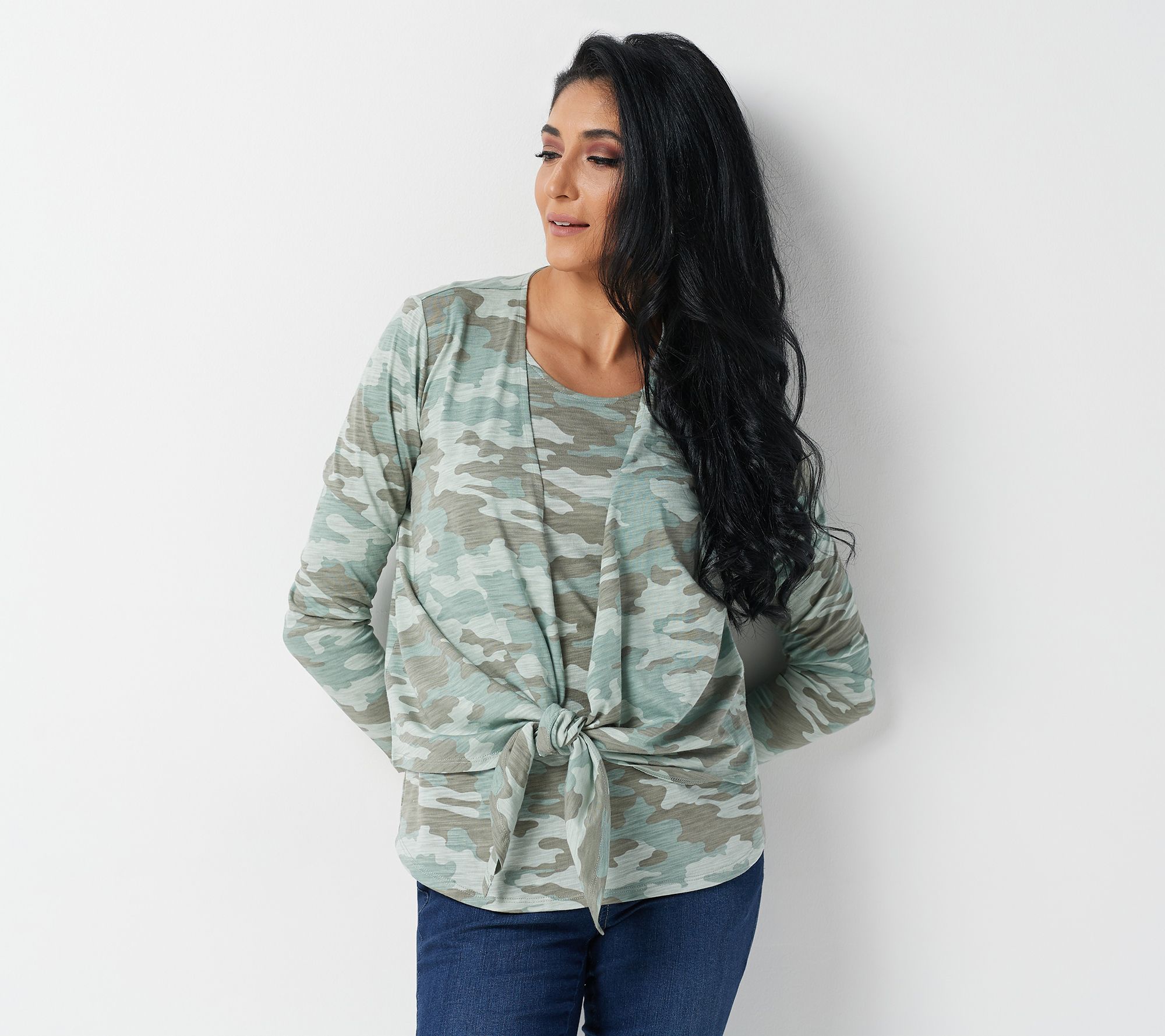Animal Print Collared Long Sleeve Shirt – M&S COLLECTION
Regular fit with a classic button-through front and long sleeves. Smart collared neck.
Add a bold style to your workwear rotation with this eye-catching animal print shirt. Regular fit with a classic button-through front and long sleeves. Smart collared neck. Made with recycled polyester. M&S Collection: easy-to-wear wardrobe staples that combine classic and contemporary styles.
Additional information
| Model details | Model is 5ft 10" / 178cm, wearing size 8 |
|---|---|
| Length | Neck to hem length for a size 12: 68cm |






by Wee
Bought last week for £13+ and was delighted with it. However when browsing on my iPad later I noticed it had been reduced again to £9 on the same day I picked it up from click and collect. Still think I got a bargain as it is a lovely shirt and well worth the full price of £19.50. I found the fit on the large side and had to exchange my normal size 18 for a 16. Beautiful colour (blue and black one).
by Fionn
This fits really well, feels very comfortable. The colour is gorgeous, a lovely spring feel to it
by Swift
Loved this blouse. I ordered my normal size 14 and unfortunately, it was too large. I hope to order again in a smaller size.
by Amanda
have not worn this yet but i am very pleased with the look of it.
by Alicia
Lovely style, nice material and will be matched with lots of my clothes.
by Sarah
I bought the white/cream blouse with leopard print. It’s lovely. Smart and fits well. True to size.
by Faysie
Really like the print on this, and the fact that it doesn’t need ironing!